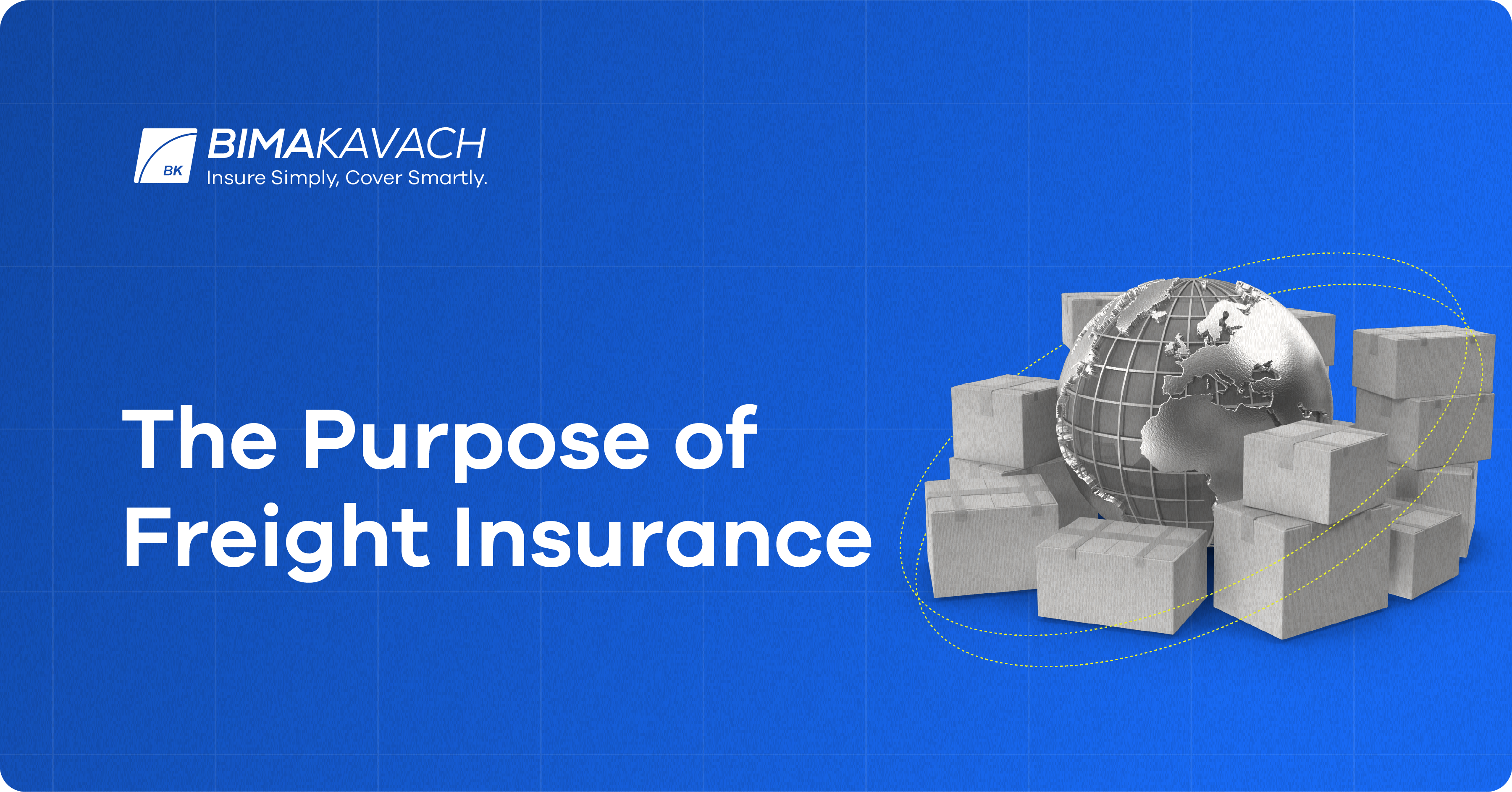See This Report on Pacific Prime
Table of ContentsPacific Prime for DummiesIndicators on Pacific Prime You Should KnowOur Pacific Prime DiariesNot known Factual Statements About Pacific Prime The 15-Second Trick For Pacific Prime

This is since the information were accumulated for a duration of strong financial efficiency. Of the approximated 42 million individuals who were uninsured, almost concerning 420,000 (concerning 1 percent) were under 65 years of age, the age at which most Americans come to be qualified for Medicare; 32 million were adults in between ages 18 and 65, around 19 percent of all grownups in this age; and 10 million were kids under 18 years of age, concerning 13.9 percent of all children (Mills, 2000).
These estimates of the number of persons uninsured are produced from the yearly March Supplement to the Existing Populace Survey (CPS), performed by the Demographics Bureau. Unless or else kept in mind, nationwide price quotes of individuals without medical insurance and percentages of the populace with various sort of coverage are based on the CPS, the most widely used resource of price quotes of insurance policy protection and uninsurance prices.
Rumored Buzz on Pacific Prime

Still, the CPS is especially beneficial because it generates yearly quotes relatively quickly, reporting the previous year's insurance policy coverage estimates each September, and due to the fact that it is the basis for a constant set of estimates for even more than twenty years, permitting evaluation of patterns in coverage over time. For these factors, in addition to the extensive usage of the CPS in other studies of insurance policy protection that are provided in this record, we rely upon CPS price quotes, with restrictions noted.

The estimate of the number of without insurance people broadens when a populace's insurance coverage standing is tracked for numerous years. Over a three-year period starting early in 1993, 72 million individuals, 29 percent of the united state populace, were without coverage for at the very least one month. Within a single year (1994 ), 53 million individuals experienced at least a month without insurance coverage (Bennefield, 1998a)
Six out of every 10 uninsured grownups are themselves employed. Although functioning does improve the chance that a person and one's member of the family will have insurance coverage, it is not a warranty. Even members of family members with two full time wage earners have virtually a one-in-ten opportunity of being without insurance (9.1 percent without insurance rate) (Hoffman and Pohl, 2000).
Rumored Buzz on Pacific Prime
New immigrants account for a considerable percentage of individuals without wellness insurance. One analysis has connected a significant portion of the recent growth in the size of the U.S. uninsured population to immigrants that got here in the nation in between 1994 and 1998 (Camarota and Edwards, 2000). Current immigrants (those that involved the USA within the previous four years) do have a high price of being without insurance (46 percent), yet they and their youngsters account for just 6 percent of those without insurance coverage across the country (Holahan et al., 2001).
The relationship in between health insurance and accessibility to care is well developed, as recorded later in this chapter. Although the partnership in between health and wellness insurance coverage and health end results is neither direct neither basic, a considerable professional and wellness services research literature web links wellness insurance policy coverage to better access to care, far better top quality, and enhanced personal and populace health standing.
Degrees of analysis for taking a look at the effects of uninsurance. It concentrates specifically on those without any kind of wellness insurance coverage for any type of length of time.
Pacific Prime Things To Know Before You Get This
The problems dealt with by the underinsured are in some areas similar to those faced by the uninsured, although they are usually much less extreme. Wellness insurance coverage, however, is neither necessary neither adequate to obtain access to medical solutions. The independent and straight effect of health insurance policy protection on access to health and wellness services is well established.
Others will certainly acquire the healthcare they need also without medical insurance, by spending for it expense recommended you read or seeking it from companies who provide care cost-free or at very subsidized rates. For still others, medical insurance alone does not ensure receipt of care as a result of other nonfinancial obstacles, such as a lack of healthcare carriers in their community, limited access to transportation, illiteracy, or linguistic and social distinctions.
An Unbiased View of Pacific Prime
Official research study concerning without insurance populations in the USA dates to the late 1920s and early 1930s when the Board on the Cost of Healthcare created a collection of records concerning funding doctor workplace visits and hospitalizations. This concern came to be prominent as the numbers of clinically indigent climbed up throughout the Great Anxiety.